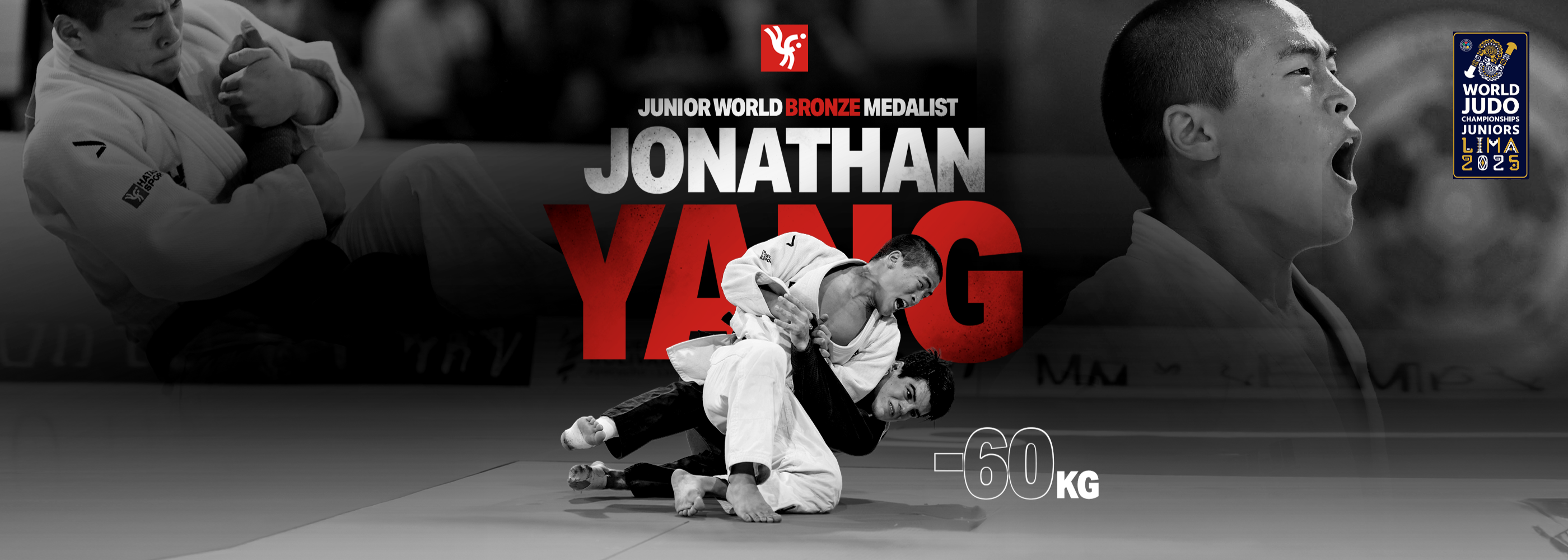
Jonathan Yang Wins Bronze as Team USA Shines in Lima
Team USA delivered an outstanding performance at the 2025 Junior World Championships in Lima, Peru! Jonathan Yang captured a well-deserved bronze medal in the -60 kg category, while teammates Chris...
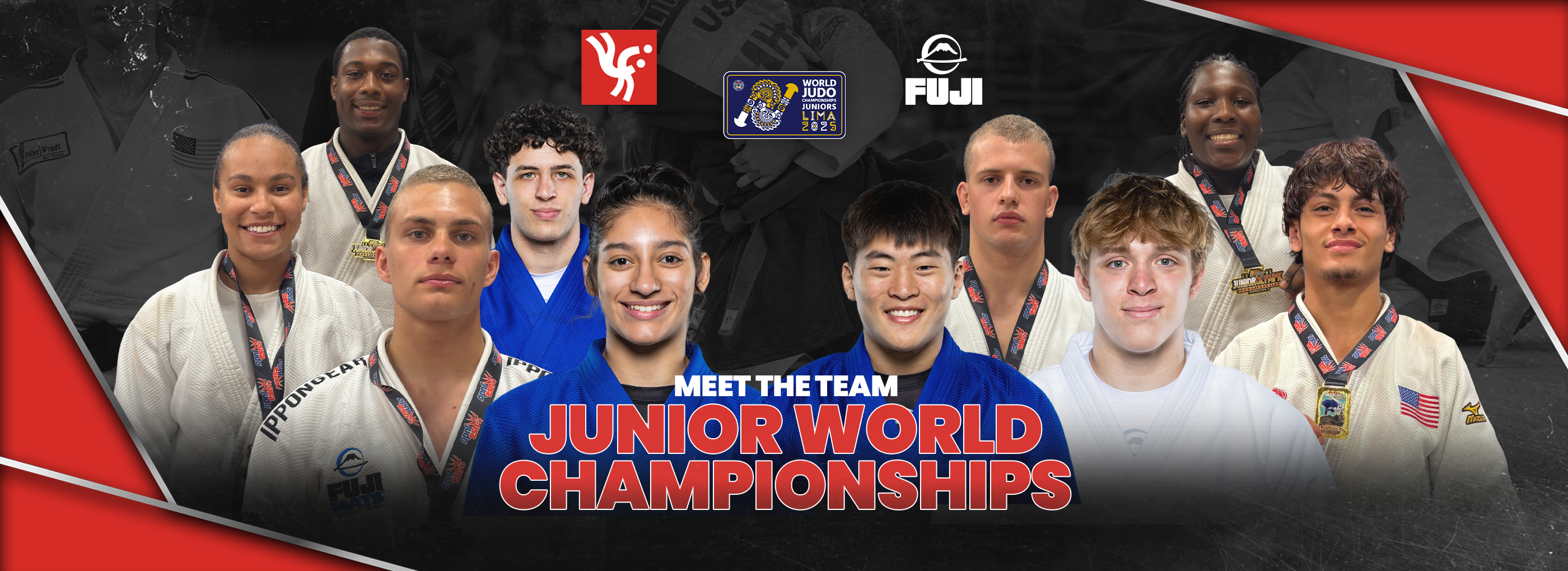
Team Hatashita Athletes Ready for the Junior World Judo Championships in Lima, Peru
From October 5–8, the world’s top junior judoka will gather in Lima, Peru for the Junior World Championships—and Hatashita Sports is proud to have so many sponsored athletes on the tatami. Meet the...
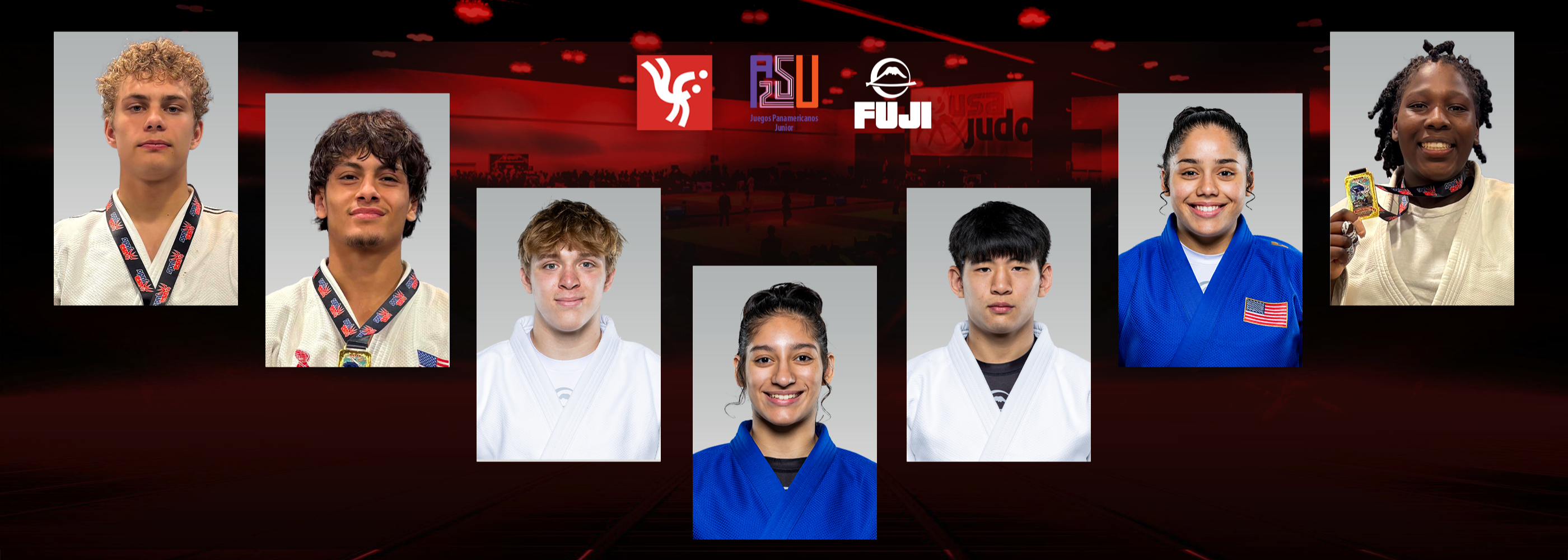
Hatashita Sports Shines at the 2nd Junior Pan American Games in Asunción
The Junior Pan American Games — a stage built for rising stars. Held every four years, this multi-sport event gives the next generation the chance to experience the full Olympic atmosphere. For man...
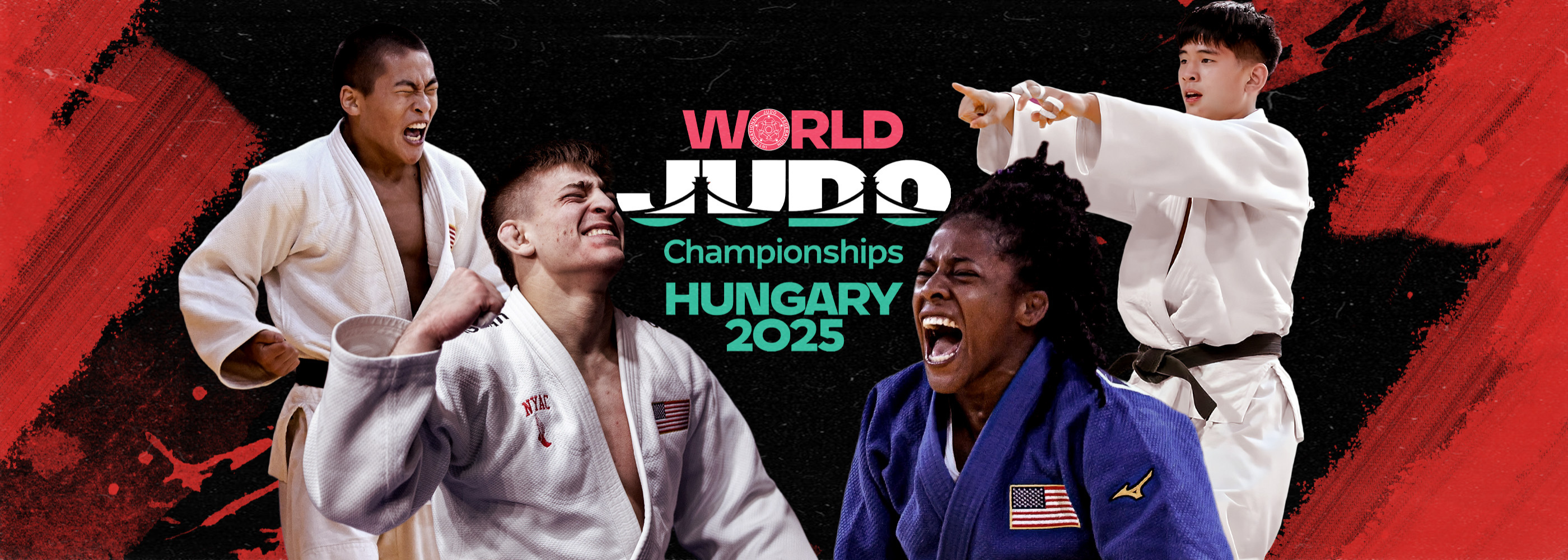
Meet Team USA: 2025 Senior World Judo Championships Preview
From June 13–20, the world’s top judoka will gather in Budapest, Hungary for the most prestigious judo event of the year the 2025 Senior World Judo Championships. Team USA is sending a dynamic grou...
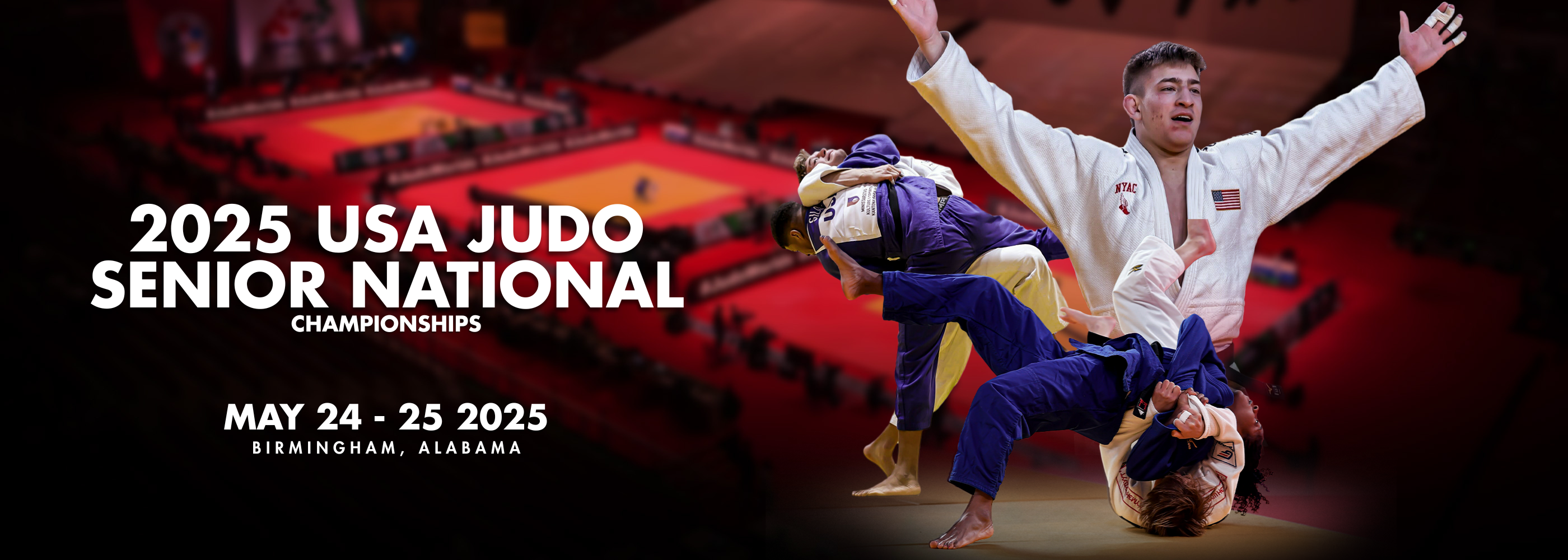
8 Winning Moments from the 2025 USA Judo National Championships
The 2025 USA Judo Senior National Championships were held this past weekend in Birmingham, Alabama—and it was a landmark event for Team Hatashita/FUJI. Our athletes delivered an unforgettable perfo...

Gold, Silver, and Bronze at the 2025 Pan Am- Oceania Championships
Team Hatashita/FUJI athletes won 5 medals at the 2025 Pan American-Oceania Judo Championships in Santiago. See highlights and results!

